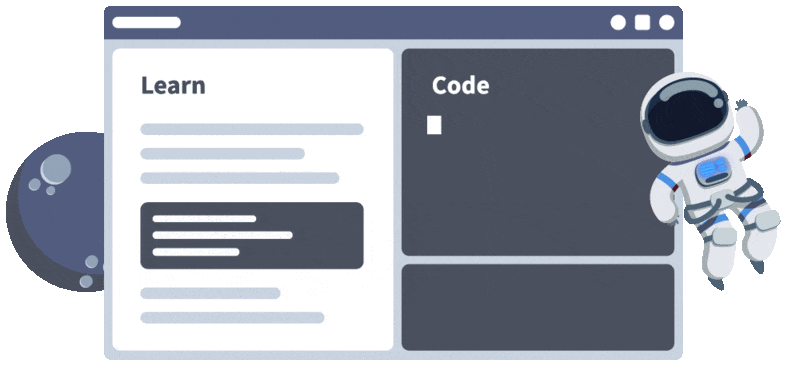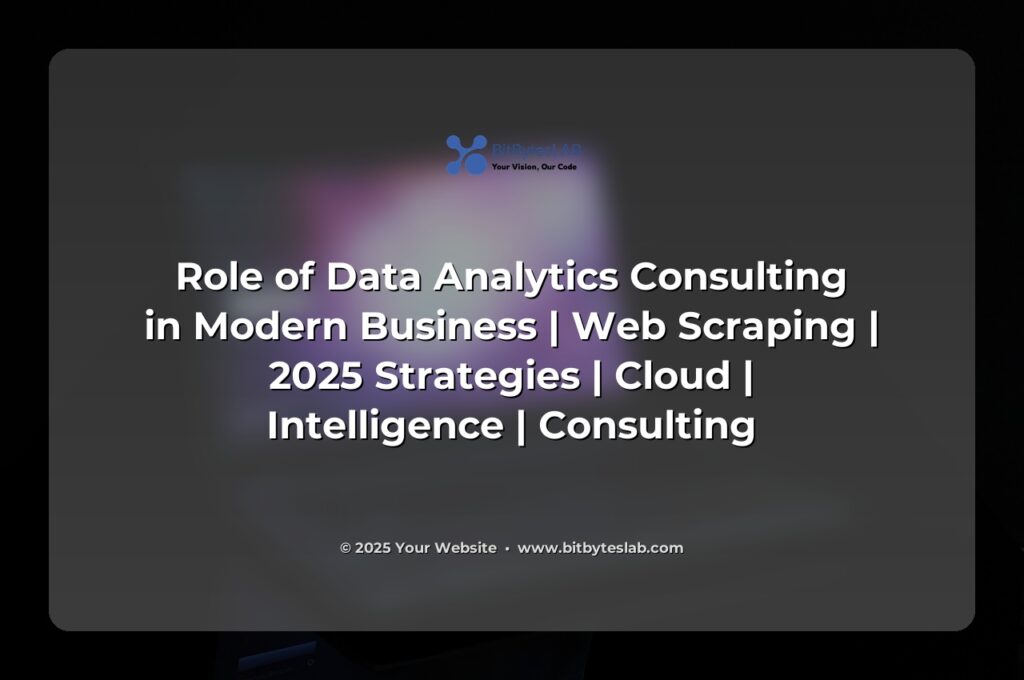In 2025, the market isn’t just selling products; it’s selling data‑driven insights. If you’re still waiting for the next big customer‑experience breakthrough, you’re probably overlooking the quiet engine that powers it all: web scraping and data extraction. Think of it as the quiet power plant behind every real‑time pricing engine, sentiment dashboard, and fraud‑detection system you’ve seen in recent case studies.
Every business that wants to stay competitive needs a constant stream of fresh, accurate information from the open web—prices, reviews, regulatory filings, and even social‑media chatter. Yet, most enterprises still rely on manual spreadsheets or ad‑hoc script hacks that are brittle, slow, and costly to maintain. The result? Decision makers miss opportunities, lose market share, or worse—run afoul of compliance mandates like GDPR, CCPA, and the emerging EU AI Act.
Enter data‑analytics consulting. A seasoned consulting partner can transform a chaotic data landscape into a streamlined, cloud‑native pipeline that delivers high‑quality, real‑time feeds. The core concepts you’ll encounter are:
- Data‑Driven Decision Making: Turning raw numbers into actionable insights.
- Web Scraping & Extraction: Pulling structured data from dynamic sites.
- Automation & Orchestration: Scheduling, retry logic, and CI/CD for reliability.
- Cloud & Serverless Architecture: Pay‑as‑you‑go elasticity.
- Governance & Compliance: Enforcing lineage, data quality, and privacy.
- AI‑Powered Extraction: NLP, computer vision, and self‑learning bots that reduce manual labeling.
- Real‑Time Analytics: Streaming pipelines that enable dynamic pricing and fraud alerts.
These pillars form a well‑structured consulting engagement that typically follows a nine‑step flow: discovery, assessment, architecture, prototype, full deployment, testing, orchestration, governance, and continuous improvement. Each phase is guided by a set of questions and deliverables that keep the project on track and your ROI in focus.
🚀 Why did the developer go broke? Because he used up all his cache! 💸

When a consultant designs a scraper, the first practical step is to build a lightweight prototype that pulls a single data point from a target site. Think of it as a “proof‑of‑concept” that verifies that the extraction logic is sound and that the target website is legally accessible. From there, the architecture expands: ingestion layers (Scrapy or Playwright), processing engines (Beam or Spark), and storage (Snowflake or BigQuery). Orchestration tools like Airflow or Prefect schedule the jobs, and monitoring dashboards flag any latency or cost spikes.
Industry data tells us that companies that adopt automated scraping see a 30–40% reduction in data acquisition costs and a 15–25% improvement in decision‑making speed. Retailers who monitor competitor prices in real time can adjust their own pricing within minutes, not days. Financial firms leveraging automated regulatory filings cut compliance review time by over 50%. These numbers aren’t hype; they’re the concrete ROI of an end‑to‑end scraping strategy.
Experts also emphasize the importance of AI‑powered extraction. Instead of writing hard‑coded XPath selectors for every element, modern teams fine‑tune language models to identify key fields—product titles, prices, ratings—even when the underlying HTML changes. Computer‑vision models read tables from PDFs and images, expanding the data universe beyond the web page. These capabilities mean fewer manual interventions and faster time‑to‑value.
⚡ A SQL query goes into a bar, walks up to two tables and asks… ‘Can I join you?’ 🍺

What does this all mean for your business? Think of a multi‑channel marketing firm that needs to aggregate campaign metrics from dozens of ad platforms, each with its own API quirks. A data‑analytics consultancy can set up a serverless, event‑driven pipeline that pulls those metrics every hour, cleans and normalises them, and feeds the result straight into your BI tool. The result is a single source of truth that reduces reporting errors by up to 90%.
Common challenges—dynamic JavaScript sites, CAPTCHAs, rate limits, and legal constraints—are tackled with a suite of best practices. Headless browsers (Playwright or Puppeteer) are used only when JavaScript is essential, while simple HTTP requests cover the majority of static pages. Proxy rotation and user‑agent shuffling keep your IP footprint dispersed, and exponential back‑off ensures you never hammer a target site. Compliance is baked in with automated policy checks, encryption at rest, and GDPR “right‑to‑be‑forgotten” workflows.
Future trends are already reshaping the field. Edge computing will let you run scraping workers close to the data source, cutting latency by 50–70%. Privacy‑preserving extraction—using differential privacy and federated learning—will allow you to aggregate insights without exposing raw data. And self‑learning scrapers that adapt to schema drift with reinforcement learning will dramatically reduce maintenance overhead.
In short, 2025 isn’t about the next big product; it’s about the next big insight. By partnering with a seasoned data‑analytics consultant, you can build a resilient, compliant, and cost‑effective scraping ecosystem that turns raw web data into a competitive advantage. Whether you’re a retailer hunting price variations, a financial analyst chasing regulatory filings, or a marketer chasing real‑time engagement metrics, the answer lies in a well‑architected extraction pipeline that delivers fresh, accurate data on demand.
Ready to harness the power of web scraping and data extraction? Contact BitBytesLab, your trusted partner in web scraping and data extraction services. We turn complex data challenges into simple, actionable insights that drive real business outcomes.





